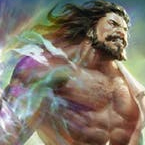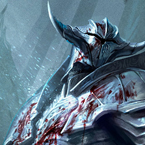Since I began my Flesh and Blood journey in April of 2021, I delved into the realm of Guardian, naturally gravitating toward this class as a long-time control player in Magic: the Gathering. It was a perfect match from the start; and while I have dabbled in other heroes (like Levia for Blitz), it’s no secret that most of the content I create for Rathe Times nucleates around my love for Guardian. The majority of my time and efforts within Flesh and Blood has gone toward tirelessly becoming a student of the game and the class I hold so dear.
Oldhim is a chance for me to make a name for myself with a blank canvas. And while I’m certainly gracious in all that I’ve been able to learn from the Guardian master himself, Cayle McCreath, I’m ready to take all the new tools for my favorite class and make something of my own.
For better or worse, I am excited to live and breathe all things Oldhim for the next three months. During that time, I'll be sharing a deep and personal look into how I develop the deck over time, how I learn from it, and how I ultimately adapt my list in response to the emerging Tales of Aria meta.
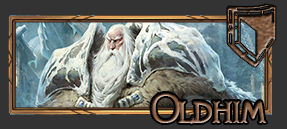
There is no doubt that the Oldhim Classic Constructed list I am sharing with you today will change over time- perhaps even significantly. It’s an inevitability that excites me, but also one that fills me with some anxiety. What if Oldhim can never achieve the same competitive results Bravo has managed since the release of Welcome to Rathe? Am I setting myself up for failure in a format hungry for a new emerging champion in the wake of the Chane bans?
I am proud of the list I am presenting today. I have worked hard to tune it and improve the consistency of the build since the earliest days of spoiler season. I’ve run it through many iterations and test sequences of the Hypergeometric Calculator and the Simplex LP Solver in Excel, using linear algebra to optimize the deck’s composition and the mathematical realities of the fuse mechanic. While Anothos will always be close to my heart, I’m picking up a new hammer for now—one that feels a little colder and lighter than what I’m used to.
Thank you for joining me on what’s sure to be one hell of a journey with Oldhim.
The Decklist, v1
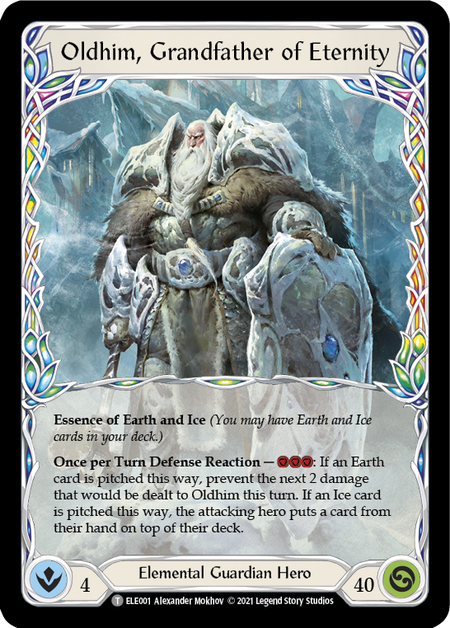
Weapons
- Winter's Wail (1)
Equipment
- Crown of Seeds (1)
- Heart of Ice (1)
- Nullrune Gloves (1)
- Nullrune Boots (1)
- Rampart of the Ram's Head (1)
- Crater Fist (1)
- Time Skippers (1)
- Tectonic Plating (1)
Loadout
- Awakening (Blue) (2)
- Channel Lake Frigid (Blue) (3)
- Autumn's Touch (Blue) (3)
- Forged for War (Yellow) (3)
- Glacial Footsteps (Blue) (3)
- Polar Blast (Blue) (3)
- Disable (Blue) (3)
- Oaken Old (Red) (3)
- Cranial Crush (Blue) (3)
- Ice Quake (Red) (3)
- Command and Conquer (Red) (3)
- Righteous Cleansing (Yellow) (3)
- Staunch Response (Blue) (3)
- Sink Below (Red) (3)
- Rouse the Ancients (Blue) (3)
- Pulse of Isenloft (Blue) (1)
- Sigil of Solace (Red) (3)
- Endless Winter (Red) (3)
- Sow Tomorrow (Blue) (3)
- Tear Asunder (Blue) (3)
- Spinal Crush (Red) (3)
- Winter's Bite (Blue) (3)
- Blizzard (Blue) (2)
- Winter's Grasp (Blue) (3)
- Zealous Belting (Yellow) (3)
In my own deckbuilding approach for Oldhim, I designed with the following goals and constraints:
- Create a proactive game plan with a deck that has some sideboard tech to use against some of the old reigning heroes and popular strategies of the format. Historically, Prism has been a very tough match for Bravo. I had the distinct displeasure of watching a Bravo player who had done quite well for himself on day one of The Calling: Las Vegas get cut to ribbons by an army of Spectral Shields in one of the feature matches. I’m hoping the added pressure from Frostbite tokens and Channel Lake Frigid will cause some brain freezes for the class that claimed supremacy at The Calling: Las Vegas. My day-one list has sideboard cards like Mulch (Yellow) and Zealous Belting (Yellow) to help deal with The Great Library of Solana, a card that can cause Prism to snowball uncontrollably. Heart of Ice should be a great tool against Prism, forcing out auras at the start of our turn rather than at the end when we have already attacked.
- Optimize the ratio of elemental to element-specific cards to maximize the number of cards in the list that can block three.
- Optimize the number of element-specific cards to reliably fuse attacks, empower Winter’s Wail, and maintain the ability to threaten a frostbite token on hit on 90% of my turns.
- Understand the new equipment set and how that supports and enables my strategy.
- Strike the right balance of blue to red cards, knowing that Oldhim is less resource-hungry than Bravo. I suspect my red/blue/yellow ratio may shift even more aggressively over time.
- Include a number of ‘tutor attacks’ to give more versatility to Awakening as a tool to win in drastically different circumstances and stages of the game.
Only 20 out of the 71 cards in my day-one deck are from older sets. 51 entirely new cards is a lot of unknowns for a hero that is entirely unproven in his ability to stand up against some of the format’s greats.
The Force Awakens
Early on in testing my preliminary iterations of Oldhim, it became apparent to me that his style of controlling play will lean heavily on his ability to capitalize on Awakening, using it to shift the tide of battle and swing the tempo in his favor.
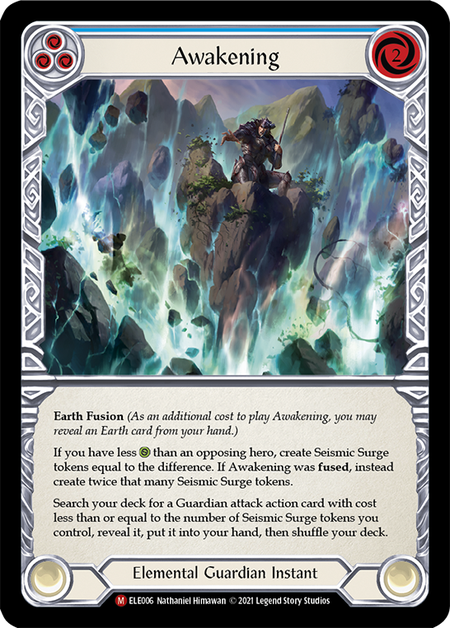
As a concept, Awakening is fairly straightforward, and rewards careful and calculated interactions with your opponent. Between this card and Oldhim’s kit, players who are deliberate and intentional with managing both their life total and their opponent's will be rewarded. Just like Flesh and Blood, Awakening is easy to learn but hard to master. Awakening creates a delicate balancing act, one that will take practice and study to master.
Unlike his hammer-wielding counterpart Bravo, Oldhim cares less about pitching for the late game, thanks to the inevitability of playing at least one copy of Awakening during the course of a Classic Constructed game. The shuffle after tutoring with Awakening erases any carefully-laid attempts at constructing a late game plan by stowing away a particular pitch sequence. Rather, Oldhim cares more about what cards are available to fetch with Awakening at any given moment. Simply understanding the tutor package of the list and cross-referencing it with the contents of your graveyard will pay dividends.
Use Awakening to bring your opponent’s life total down if they are establishing an early lead, fetching something like Endless Winter or Oaken Old (which one will depend on your fusion options in hand). These cards can create a lot of headache for your opponent and help stabilize the match in your favor. Because the attack you play from Awakening will be free (due to the Seismic Surge tokens you create), you can afford to block more than you normally would while being able to crack back hard on the offensive.
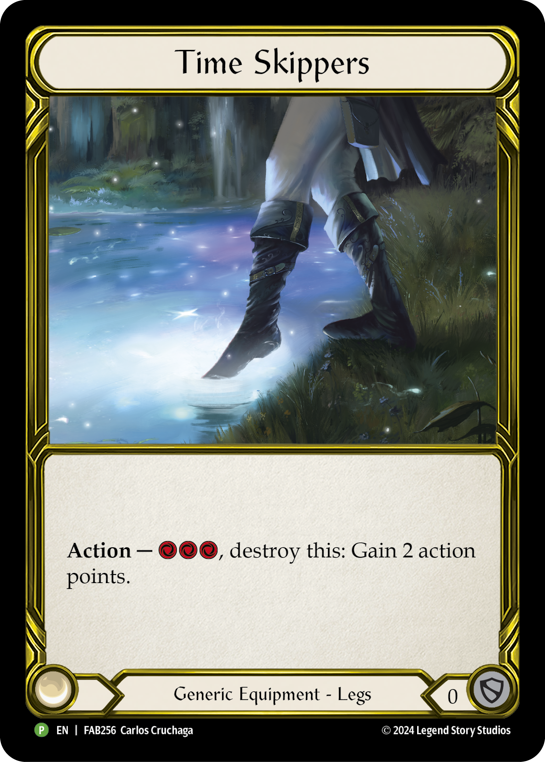
With enough life and cards in hand remaining, Time Skippers can be leveraged alongside Awakening to enable an additional attack action card or infused swing of Winter’s Wail on top to either force out an extra block, or force some damage through with a Frostbite token. Time Skippers also gains extra value from Forged for War as a ‘free’ block.
Aim to close the game out by smashing your opponent with a Glacial Footsteps (red) or Endless Winter with an ice fuse to create a situation that forces your opponent to block with multiple cards from hand and generate multiple Frostbite tokens that will invalidate their next turn.
Building the Core
The core of Oldhim’s deck relies on enabling the strategy of crafting that perfect Awakening turn and fetching the right answer to the problem at hand. The ‘toolbox’ approach means that, with only a six-life deficit (whittled down to a measly three with fuse), we can fetch any Guardian attack action card from the deck and throw that back at our opponent’s face for free on the following turn. There are four distinct power attacks to pull at any given time, with drastically different functionality and purpose.
The core card count of the deck runs a little higher than what I would consider standard (45-50 cards). That leaves less apparent room for sideboarding, and creates an issue when our sideboard choices could impact the resource and element ratios of the list. Fortunately, Oldhim has a lot of utility in his equipment, and that is a driving factor for the decision to run a staggering nine pieces of gear. (I imagine as the new meta is established, this will be condensed and streamlined to free up more sideboard space for the main deck.)
Core Cards - 54
- Command and Conquer 2
- Polar Ice (Red) 3
- Endless Winter 3
- Glacial Footsteps (Red) 1
- Glacial Footsteps (Blue) 3
- Mulch (Blue) 3
- Mulch (Red) 1
- Oaken Old 3
- Forged for War 3
- Sink Below (Red) 3
- Amulet of Ice 3
- Channel Lake Frigid 3
- Autumn’s Touch (Blue) 3
- Awakening 3
- Polar Blast (Blue) 3
- Pulse of Isenloft 1
- Sow Tomorrow (Blue) 3
- Staunch Response (Blue) 3
- Winter’s Grasp (Blue) 3
- Tear Asunder 3
Core Equipment:
Crown of Seeds
Tectonic Plating
Crater Fist
Time Skippers
Winter’s Wail
Rampart of Ram’s Head.
Prism/Oldhim/Katsu Equipment:
Heart of Ice
Briar/Viserai/Chane? Equipment:
Nullrune Gloves
Nullrune Boots
The Tutor Package
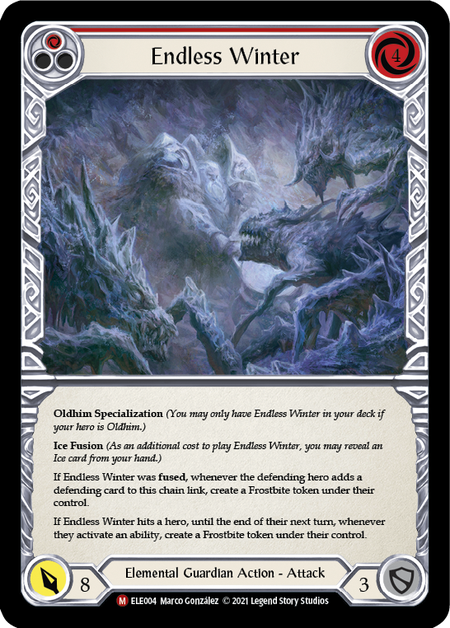
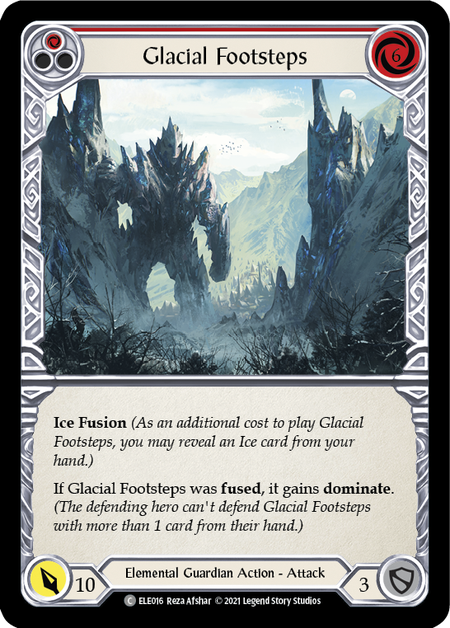
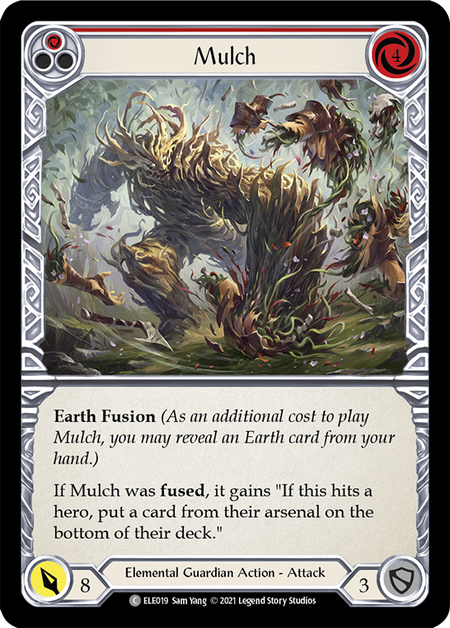
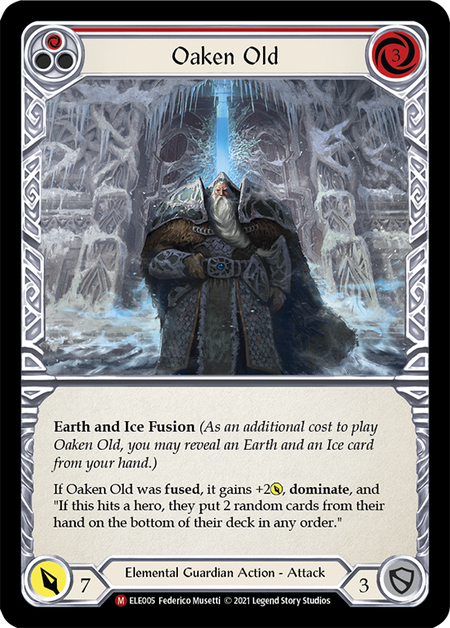
Endless Winter, Glacial Footsteps (Red), Oaken Old, and Mulch (Red) make up the tutor package for the deck. One copy of Mulch and Glacial Footsteps will get the job done, and while I would be open to considering opening a turn one with a dominated Glacial Footsteps, I’d be more tempted to pitch it early on to Tectonic Plating and have it open as an Awakening line later in the game.
Embrace the Ice
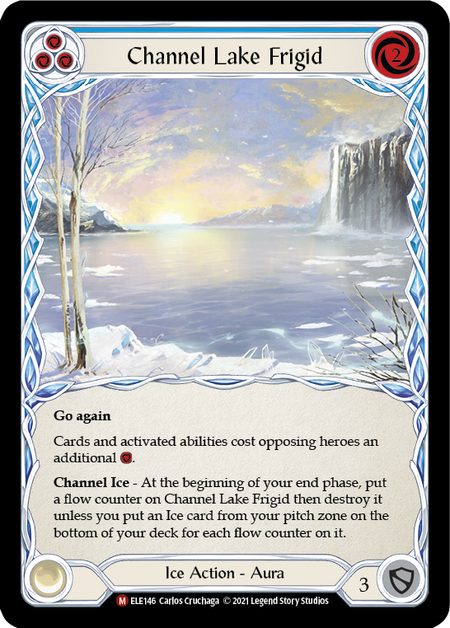
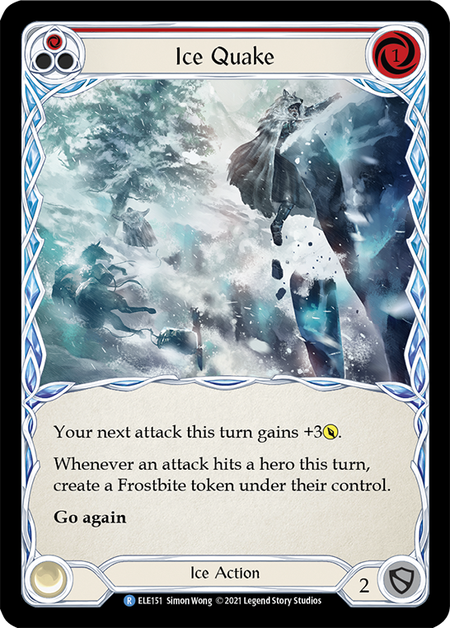
With the exception of three copies of Ice Quake (a powerful, synergistic, and cost-effective offensive tool), every other ice card in the deck is a blue pitch. This is intentional, to ensure we have plenty of cards to pitch toward Winter’s Wail and threaten the additional Frostbite token. Having more ice cards around means we’re also more likely to be able to sustain Channel Lake Frigid for more than a single turn, creating massive value over time that we can shape to our advantage.
A Dash of Earth
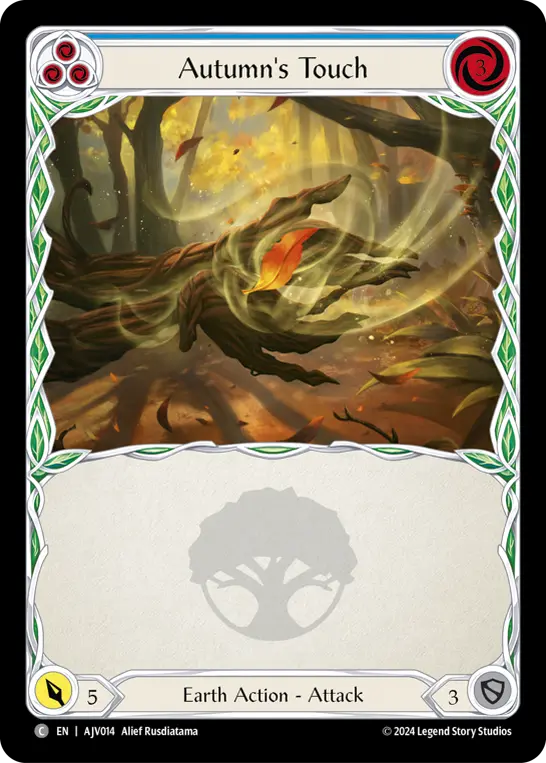
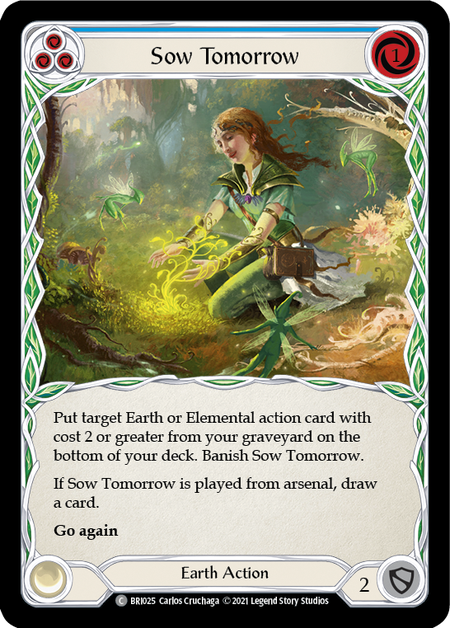
While ice certainly takes center stage in this build, we still run enough earth cards for Oldhim’s hero ability and helping with the Oaken Old fuse to set up powerful turns. The earthen fuse can also be relevant for Awakening.
The Utility
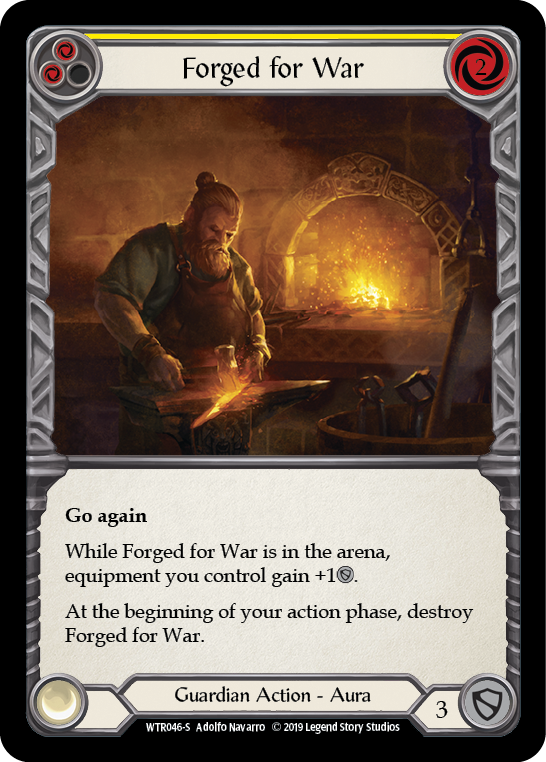
Forged for War is one of my favorite cards for Oldhim. The ability to block for free with Crown of Seeds, Time Skippers, and Rampart of Ram’s Head cannot be overlooked. Forged for War is a card that generates a free block three deferred to your next turn, with more upside built on top.
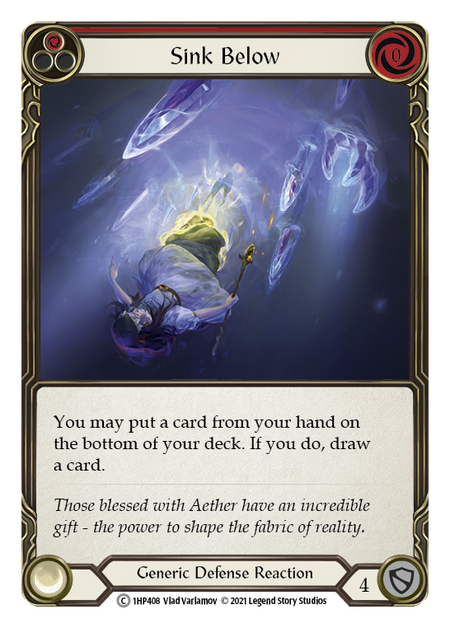
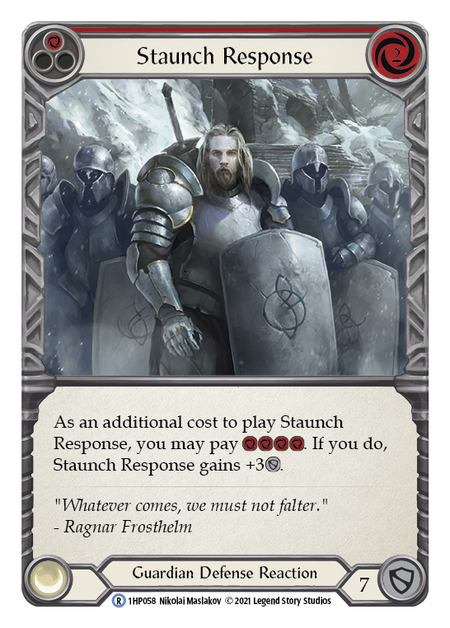
Sink Below (red) and Staunch Response (blue) add to the versatility of the deck, boosting its defensiveness and allowing further interactions. Sink Below can filter an extra card from hand if you draw too many reds or need to try to draw again for a card for fuse. Staunch Response leaves a free resource up off a blue pitch, which allows you to use Crown of Seeds or Rampart of Ram’s Head.


Polar Blast (blue) and Sow Tomorrow (blue) provide the ability to create marginally beneficial effects, and cycle a card from the arsenal with minimal cost. Both are fantastic additions to the list, in that they enable fuse effects and can be pitched to pay costs.
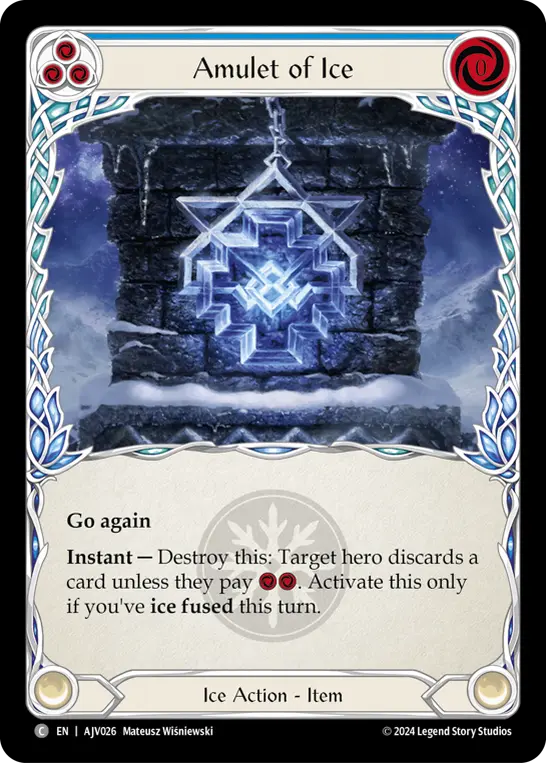

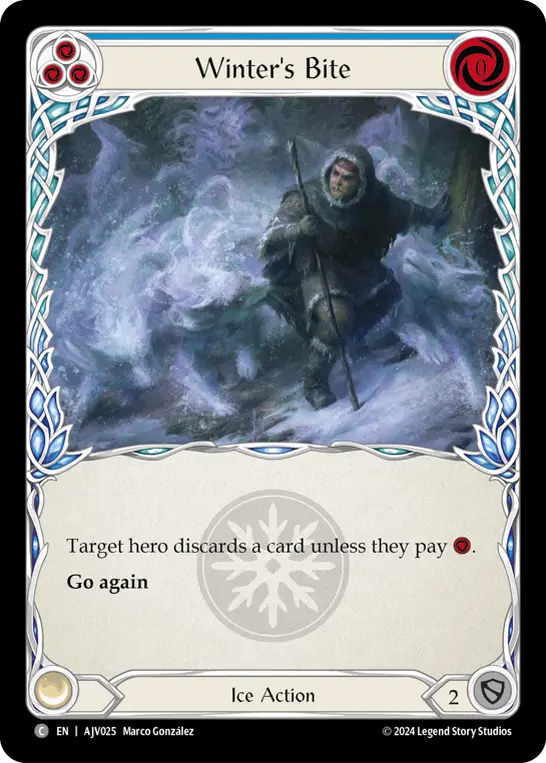
Channel Lake Frigid, Amulet of Ice, and Winter’s Bite (blue) create further disruption to our opponent.
Offensive Tools
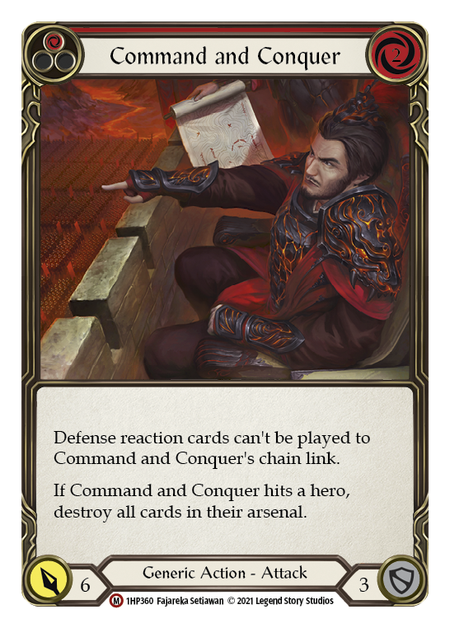

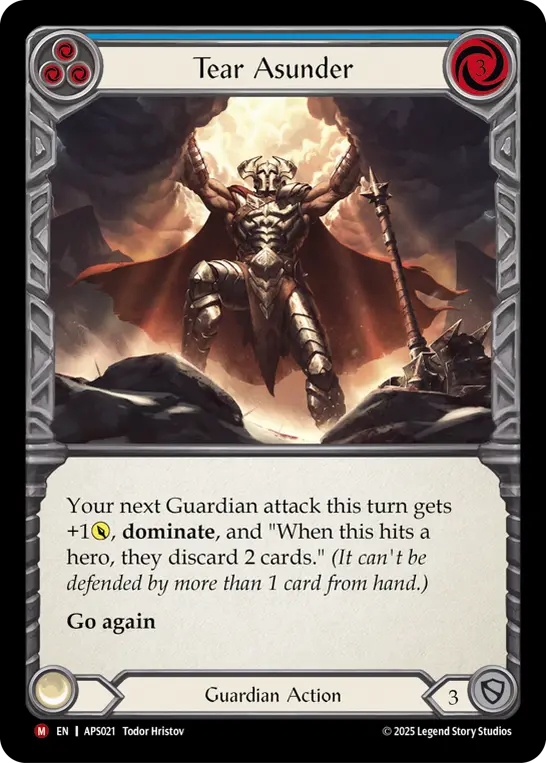
Command and Conquer, Ice Quake (red), and Tear Asunder provide low-cost and aggressive options to flip the pressure back on your opponent, generating powerful threats with minimal resource and card investment. It feels unfair to play Ice Quake then Command and Conquer off a single blue pitch. Of course, the other attacks mentioned in the tutor package section are valid and powerful threats too- these specific cards are just geared toward crafting offensive turns. You also can’t tutor Command and Conquer from Awakening, and it doesn’t interact with Seismic Surge tokens.
Lessons Learned
- Oldhim needs to be as patient as Bravo, if not moreso, in waiting for his setup. Focus on blocking out and staying healthy while keeping armor up for when you need to pivot on your final Awakening. Awakening is all but useless at the end of the game if you deplete your opponent’s life below 10 while you are still healthier. One of the tricks to this deck is knowing when to let your opponent hit you and drop you so you can close out the game- it is not always evident which path to take! (That’s something I’m still working on myself.)
- Proper use of Awakening will make some of your games appear much closer and down-to-the-wire than they actually were. If you calculate it right and pull off the Awakening pivot at the end of the game, your opponent will be in a very bad and dangerous situation even if it appears they depleted your life to low levels and created a ‘close’ game.
- Blocking is more efficient than attacking, and Oldhim is designed to fatigue your opponent over time. Lean into the offensive tools package when you need to pivot or apply a burst of pressure on your opponent to even the score.
- Oldhim’s hero power is used a lot less than I expected, but it’s still incredibly useful. Lean into Ice to prevent your opponent from setting up a five-card hand and putting their last card in arsenal. Use an Earth reaction to prevent on-hit effects and excess damage from reactions.
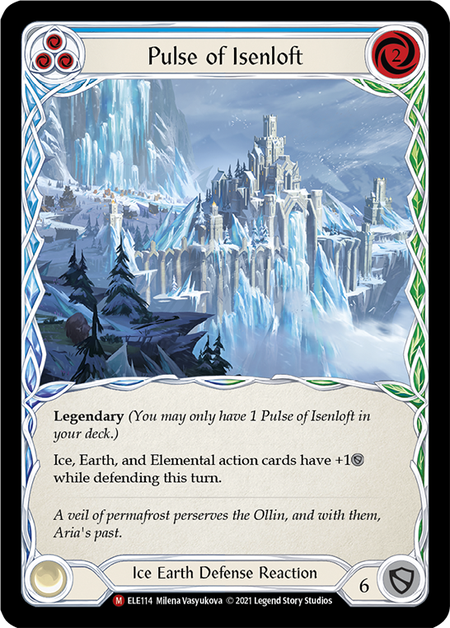
- Try not to play Pulse of Isenloft until late game—this card feels like Carrion Husk Jr, but we can extract a lot of value from it before actually playing it out. Use it to fuse Oaken Old or get a really good defense reaction out of Oldhim. Don’t be afraid to fuse, arsenal this card, then ship it off with Crown of Seeds to cycle. Because we usually play 1-2 copies of Awakening per game, it will be shuffled and you’re much more likely to draw into Pulse again during the game as it draws on.
- Ice Quake (red) can be played on top of a hammer swing to threaten seven. The same goes for Tear Asunder. Read your cards and understand how they interact with Winter’s Wail. A typical turn as Oldhim includes blocking damage, creating a Seismic Surge token, and swinging in with an infused Winter’s Wail.
Still to Come: Matchups, Learning, and Tuning
I hope this article provided some insight into some of my early card considerations for the list and why they are included. I’ll continue working with this version of the deck in local events, and perhaps even The Calling: DFW in side events or the Pro Quest depending on how day one goes for me. Acquiring three cold foil legendaries at reasonable cost for Oldhim’s equipment set will certainly present a challenge, but I’m excited to prove how strong our new Elemental Guardian can be.
In the next part of the series, I’ll go in-depth on how to play the deck, and offer some strategic advice and sideboard choices for specific matchups. I will share everything I learn about Oldhim along the way, and discuss how I tune the deck to adjust to the emerging Tales of Aria meta.
***
If you have any questions or suggestions related to Oldhim in either your own builds or what I have here, please get involved in the conversation below or shoot me a message on Facebook! I’ll do my best to include some community comments and discussion topics in part two of the Oldhim series. I look forward to hearing from you!



